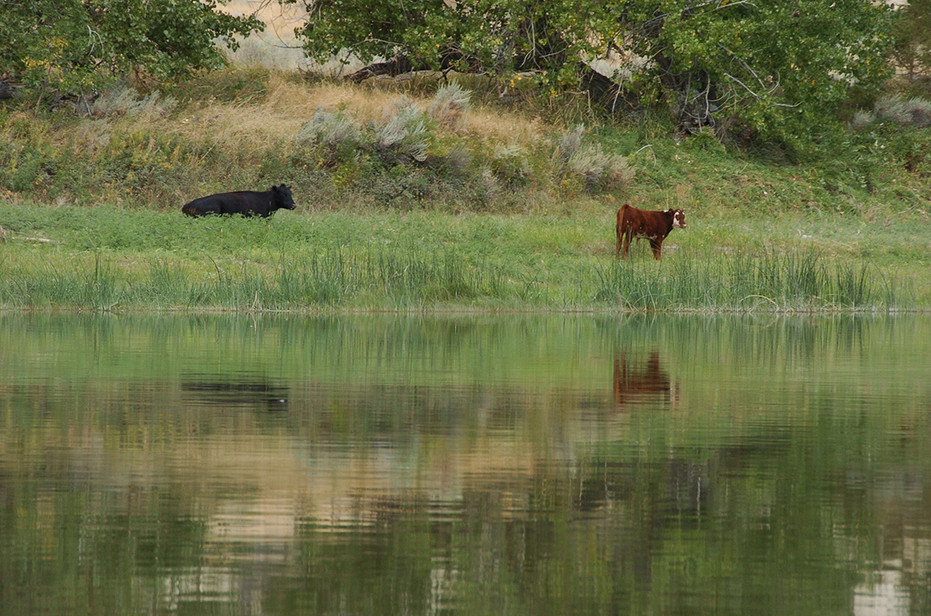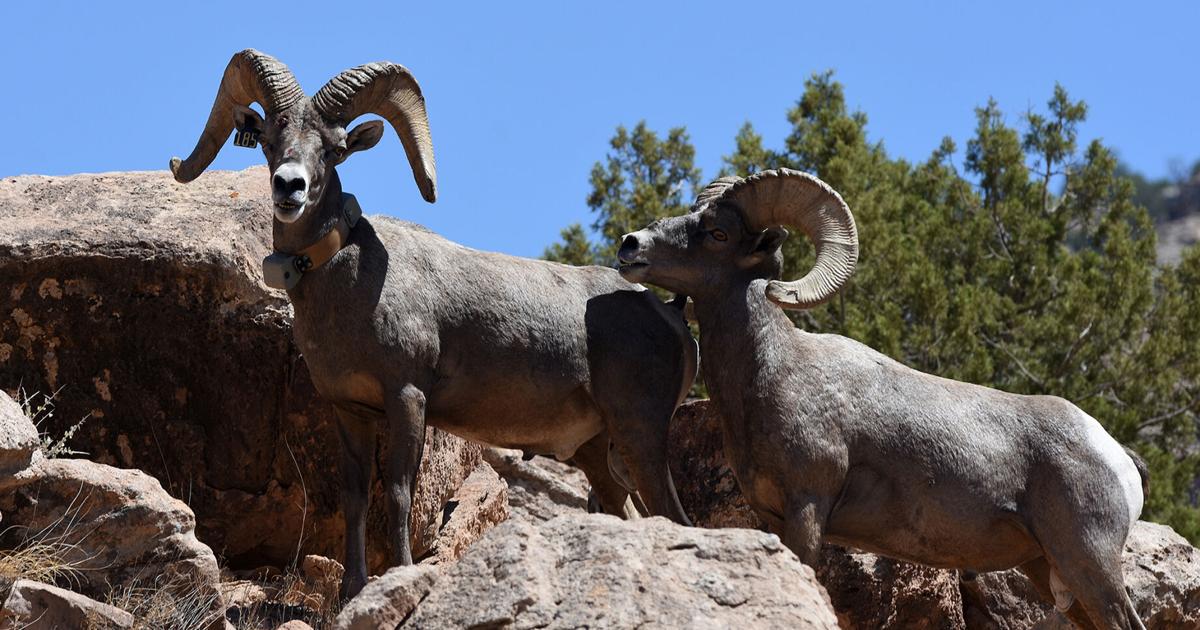The point is that the BLM is failing at managing these lands, based on their own land health standards. The agency is chronically underfunded, and the easy place to make cuts is to grazing NEPA. There is nothing to keep the BLM (or FS) from renewing grazing permits without NEPA until your grandkids have grandkids. And why would you subject yourself to it when you know you're not meeting standards, and you know you have a multitude of conflicts such as Greater Sage-Grouse, Gunnison Sage-Grouse, bighorn sheep, cutthroat trout, etc.? NEPA analysis will lead inevitably to lawsuits.
The grazing system is broken. There is no flexibility. Most permittees are not in the position to just rest an allotment for a year or two if there is a drought or fire. The FS lets permittees use their permits as collateral for bank loans. The agency people making grazing decisions have kids that go to school with the kids of the permittees. They see each other in church and at the grocery store. How are they going to make a (correct) decision to reduce or eliminate grazing if it's necessary for the health of the land?
There will be a report out tomorrow that highlights just how few of the grazing permits on these BLM lands failing land health standards have been fully processed under NEPA. The vast majority have been renewed via the FLPMA 402(c)2 exception.
How do you think the health of these lands affects wildlife, like all of those missing pronghorn in WY? I asked the BLM for the allotment management plan for a single allotment near me earlier this year. They told me I had to submit a FOIA request and they would sent it right over. Once I did that, they assigned my request to the "complex track," which means 21 to 60 days to send me that single document. I told them that in that case I would exhaust my administrative remedies on the NEPA that was currently in process. They replied that there was a mistake and they sent me the document the next day. The allotment management plan in question was written in 1976! One part from the Objectives section really stood out to me:
A. Objectives
1. Provide 2227 AUM's of livestock forage on a sustained yield basis by
increasing the density and composition of desirable species, as shown below.
2. Provide 492 AUM's of wildlife forage to sustain existing populations by
increasing the density and composition of desirable species, as shown below.
I'm on vacation or I would write more.
Here is the StoryMap that came out this week, which I referenced above, regarding the number of BLM grazing permits which are not fully processed. Set aside the name of the organization at the top if you can, and just read through the information closely (the StoryMap app does not work on a phone well at all. Too much data). The information in the maps came straight from the BLM.
If you are not familiar with StoryMaps, the maps are fully interactive. You can zoom in and click on allotments for more information, etc. There are pop-up legends on the left side.
The takeaway is that an increasing number of BLM grazing allotments are being renewed without any environmental analysis. And this is especially true for allotments that are known to not be meeting land health standards and/or have wildlife conflicts.
StoryMap: Renew or Review







